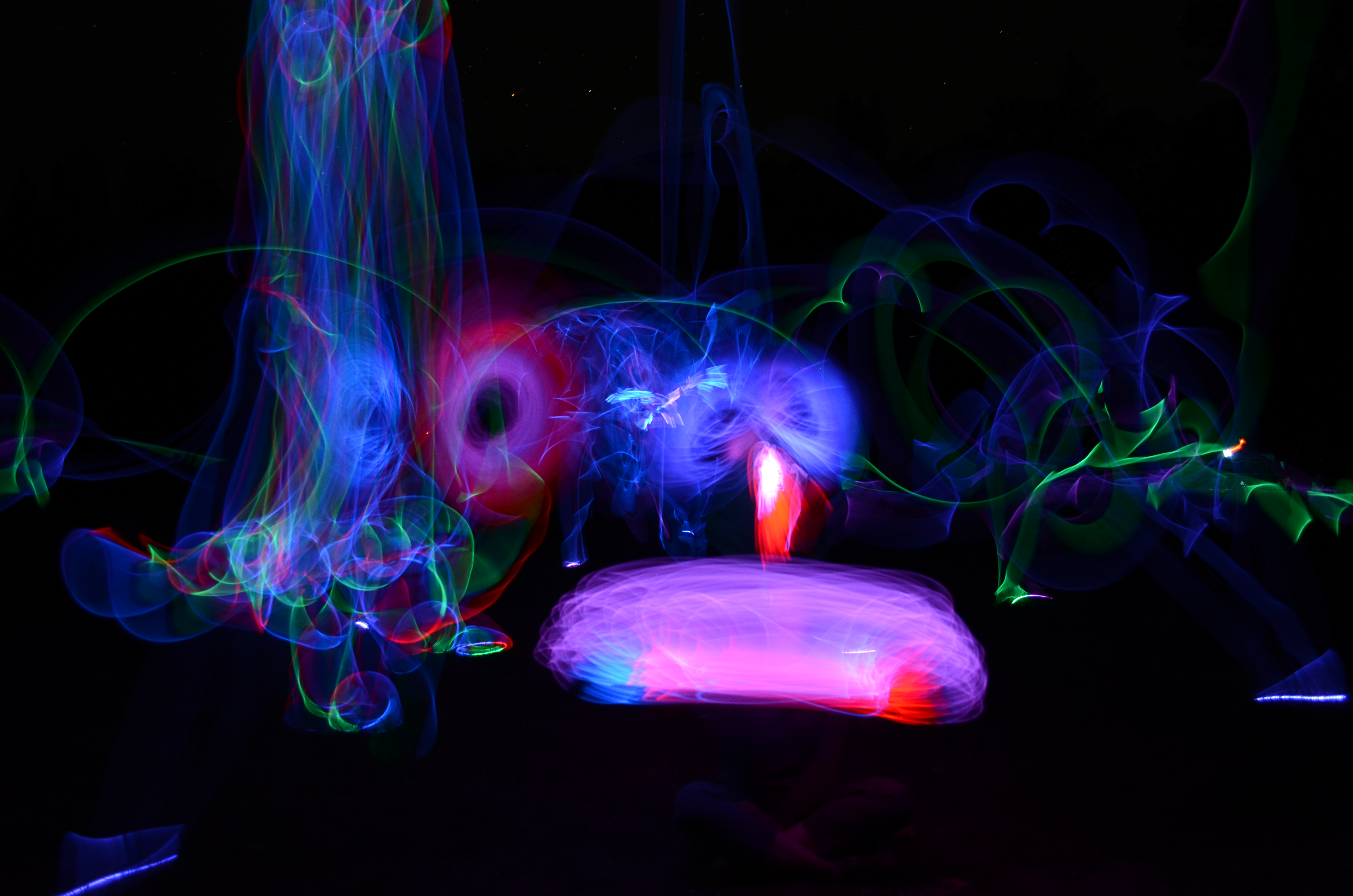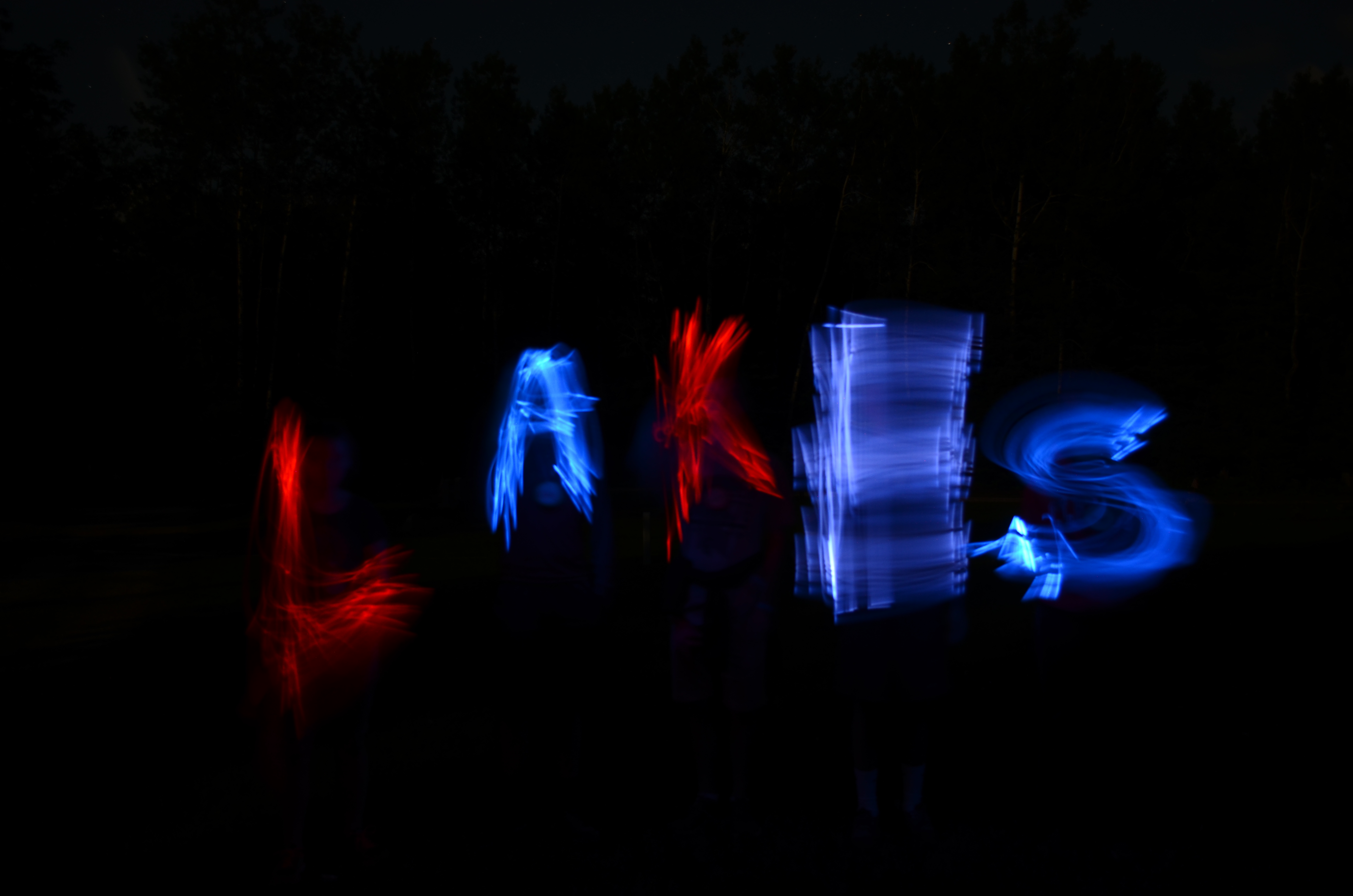Summer education in the dark: Night hikes
Summer is a perfect time for some science, leadership and character-building education after dark during a night hike.

The summer months are a perfect time for science, leadership, and character-building education after dark. Whether families are camping, youth are attending organized camps or just an evening enjoying a campfire, these are all perfect opportunities for a night hike. Don’t be afraid of the dark; have fun exploring your world in the evenings. Make exploring the trails after dark fun, educational and not scary.
Some goals to consider as you explore the darkness would include:
- Creating comfort in a typically uncomfortable situation (darkness).
- Education on nocturnal animals, their adaptations and sounds of the night.
- Education about other night opportunities such as stars, planets and bioluminescent organisms, such as glowing fungus.
- Using your senses – smell, sight, touch, and hearing – in the dark.
- Confidence as you walk alone or lead the group through the darkness.

Before you start your hike, discuss that safety is of primary importance. If the participants encounter something that might be harmful – like a tripping hazard on a path, let others know. Because of the lack of sight, behavior expectations are important, because dealing with an accident is more difficult in the dark. Sensory activities (sight, touch, hearing and smell) and observations can be the focus as your eyes slowly adjust to the darkness. Smell the night air. Can you smell the plants and soil? Listen to the sounds of the night. Can you hear the wind in the leaves, owls hooting or mice scurrying? Sometimes you can even hear the insects chewing the leaves and wood. Many questions can be asked about the animals of the night. Why do their eyes glow? What is a nocturnal animal? Why do owls “hoot” and coyotes “howl?” Cup your hands behind your ears to increase their size. How does this affect your hearing?
Other fun after dark science activities can include:
- Wintergreen lifesavers spark activity. In a mirror, watch the sparks when someone chews the lifesaver with your mouth open and discuss how the glucose bonds breaking release energy, creating a brief spark.
- Disappearing head activity. Why does your partners head disappear as you stare at it in the dark?
- Constellations of the night are always enjoyable when the sky is clear. Try to find the North Star, Summer Triangle, and the Big Dipper.
- Glow in the dark or light up items are great explorations. How do they work? What do they look like when a photograph is taken during a long exposure, needed in the dark?
Youth at the 4-H Great Lakes and Natural Resources Camp, Camp Chickagami in Presque Isle, Michigan, during some night hikes have been lucky and discovered a mysterious glowing fungus, foxfire fungus. Youth participate in many exploration activities like those listed above during night hikes at camp. They discover why pirates had an eye patch and two good eyes. They protected one eye, enabling them to see better at night. Youth also use smell to find their “wolf pack” during a scent activity and most importantly, they became comfortable exploring their world after dark. One participant stated how scared she was to lead the group down the dark path and then found she could do it confidently, building up her self-esteem.

Summer nights are the perfect opportunity to get youth outside and connecting with nature, learning about night science, and engaging in scientific questions and exploration. Leadership skills acquired and character-built journeying outside of one’s comfort zone into the darkness. Take advantage of the education that is in the dark before autumn arrives. Don’t be afraid of the dark – do great discovering and help youth learn about it!
For more information about 4-H learning opportunities and other 4-H programs, contact your local Michigan State University Extension county office. Join a Michigan 4-H club, which has many 4-H science programming areas to explore as youth scientists impact our future. Science is everywhere; explore nature this summer and bring out the scientist in you!



 Print
Print Email
Email





